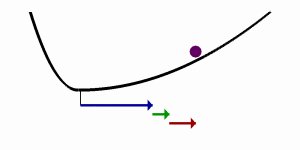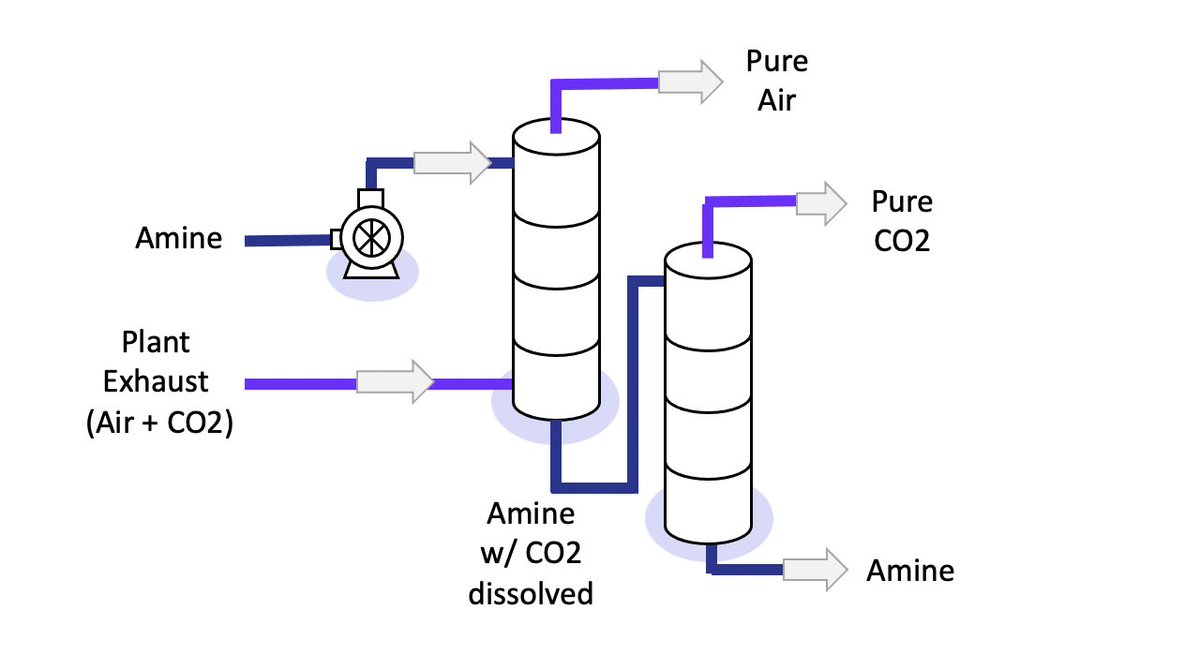Localized Surface Plasmon Resonance - an overview | ScienceDirect Topics


The term "electro-optic" is often erroneously used as a synonym for "optoelectronic".
are electrical-to-optical
or optical-to-electrical transducers,
or instruments that use such devices in their operation.
◦photodiodes (including solar cells)
◦phototransistors
◦photomultipliers
◦optoisolators
◦integrated optical circuit (IOC) elements
•Photoconductivity, used in:
◦photoresistors
◦photoconductive camera tubes
•Stimulated emission, used in:
◦injection laser diodes
◦quantum cascade lasers
•Lossev effect, or radiative recombination, used in:
◦light-emitting diodes or LED
◦OLEDs
•Photoemissivity, used in
◦photoemissive camera tube
An opto-isolator contains a source (emitter) of light, almost always a near infrared light-emitting diode (LED), that converts electrical input signal into light, a closed optical channel (also called dielectrical channel),
switching pulses (spikes) and perturbations in power supply.
More from NotTheMacAnon
More from Science
You May Also Like
My top 10 tweets of the year
A thread 👇
https://t.co/xj4js6shhy
https://t.co/b81zoW6u1d
https://t.co/1147it02zs
https://t.co/A7XCU5fC2m
A thread 👇
https://t.co/xj4js6shhy
Entrepreneur\u2019s mind.
— James Clear (@JamesClear) August 22, 2020
Athlete\u2019s body.
Artist\u2019s soul.
https://t.co/b81zoW6u1d
When you choose who to follow on Twitter, you are choosing your future thoughts.
— James Clear (@JamesClear) October 3, 2020
https://t.co/1147it02zs
Working on a problem reduces the fear of it.
— James Clear (@JamesClear) August 30, 2020
It\u2019s hard to fear a problem when you are making progress on it\u2014even if progress is imperfect and slow.
Action relieves anxiety.
https://t.co/A7XCU5fC2m
We often avoid taking action because we think "I need to learn more," but the best way to learn is often by taking action.
— James Clear (@JamesClear) September 23, 2020

























